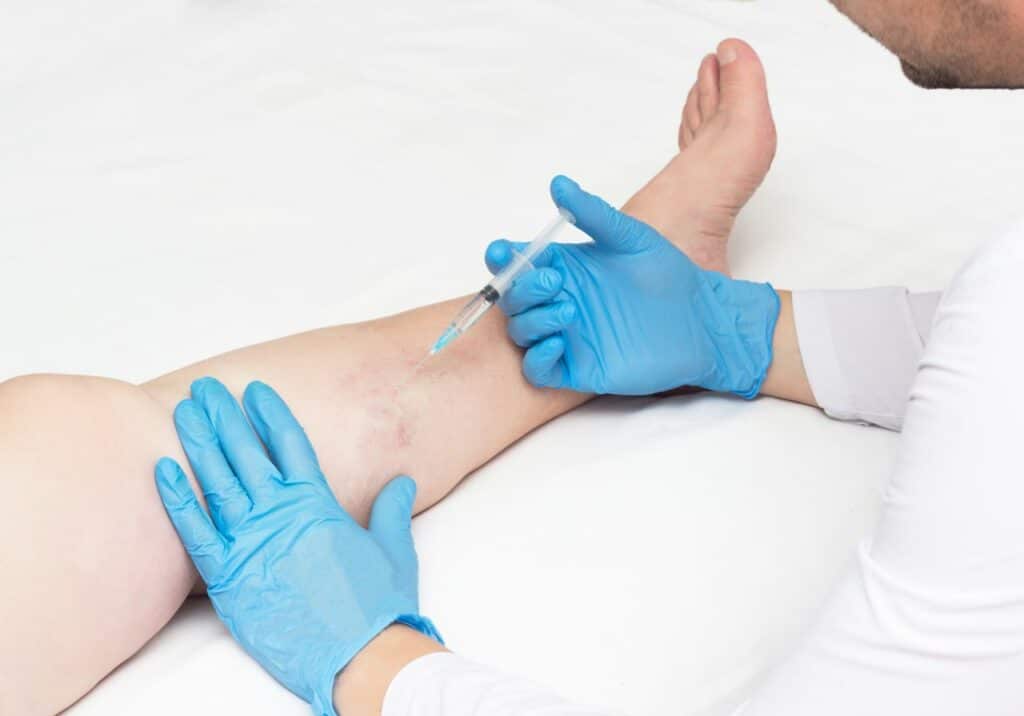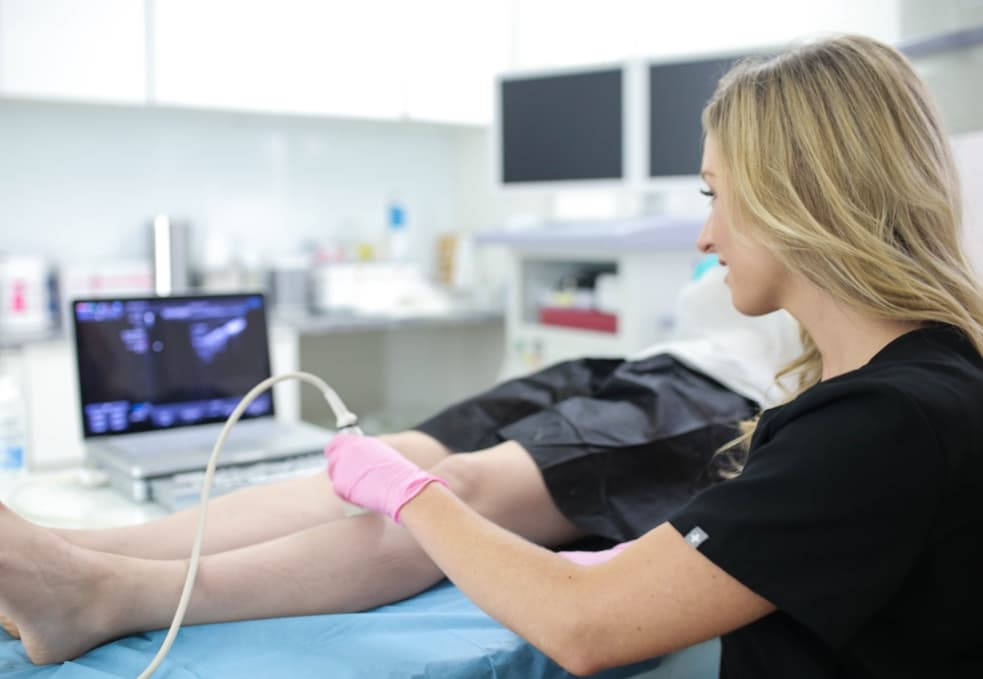What happens if varicose veins are left untreated?
If you have varicose veins, you’re probably concerned about how they look. You might be concerned about their ugly appearance, which makes you want to hide them underneath layers of clothing. Patients with varicose veins often describe them as dense masses of tangled, twisted, and knotted ropes bulging out of the skin’s surface. Some even compare varicose veins to bulging tree trunks.
Varicose veins are essentially damaged blood vessels with excessive blood accumulation. The continued accumulation of blood leads to dilated vein walls, which manifests in the form of large, bulging, twisted, and tangled varicose veins. They usually appear on the lower extremities of the body, such as the thighs, but they can also appear anywhere else. If you have varicose veins, you’re probably wondering how to get rid of them.
Even if you’re not concerned about the appearance of varicose veins, you should still consider your treatment options. Varicose veins aren’t merely cosmetic problems — they can have numerous long-term consequences and complications. That’s because varicose veins are indicative of chronic venous insufficiency, a dangerous circulatory disorder caused by the collapse of vein valves.
Chronic venous insufficiency is a medical condition wherein the collapse of vein valves leads to blood accumulation in leg veins. In healthy veins, the valves act as one-way doors that ensure smooth one-way blood circulation to the heart against the force of gravity. When vein valves collapse, gravity forces blood to flow backward and accumulate in the leg veins, eventually leading to bulging varicose veins.
If you don’t seek treatment, you will experience the long-term complications of untreated varicose veins and chronic venous insufficiency. The following is a brief overview of what happens if varicose veins are left untreated.

Profuse Bleeding
Varicose veins are dilated blood vessels with excess blood accumulation. If you don’t seek treatment, blood will continue accumulating in the leg veins, leading to increased vascular dilation. When the vein walls expand, their integrity also weakens. Over time, continued dilation may lead to burst varicose veins and profuse bleeding, for which you have to be taken to the emergency room.
Increased Leg Pain
If you don’t treat varicose veins, your leg pain and discomfort will continue increasing. Over time, blood will continue accumulating in the leg veins, and the varicose veins will continue expanding, leading to increased leg heaviness. Without timely treatment, you may experience considerable leg pain, discomfort, and heaviness. It might even interfere with your daily activities.
Leg Ulcers
Chronic venous insufficiency leads to blood accumulation in the leg veins and prevents healthy blood circulation in the legs. When you are wounded or injured, you need healthy blood flow in the region for healing. Since there’s inadequate blood circulation in the legs, your wounds can’t heal properly, leading to leg ulcers or non-healing wounds.
Deep Vein Thrombosis
Deep vein thrombosis is one of the most advanced long-term complications of untreated vein disease. Deep vein thrombosis essentially refers to blood clots in leg veins. The accumulated blood in your leg veins may clot and harden, and then eventually get carried into the lungs, leading to a pulmonary embolism, which can be potentially fatal.
Other Complications…
Besides the problems mentioned above, untreated varicose veins and chronic venous insufficiency can lead to numerous other problems, such as restless leg syndrome, leg heaviness, frequent leg cramps, leg swelling, mental health problems, anxieties, and more. As such, if you have varicose veins, you must contact a vein doctor for a diagnosis and treatment.
Do men get varicose veins?
Yes, men also get varicose veins. There’s a pernicious myth that varicose veins and spider veins only affect women. But that’s simply not true. Anyone can get spider veins and varicose veins, regardless of age or sex. Women are simply more likely to get varicose veins because estrogen and progesterone hormones weaken the vein valves, increasing the risk of vein disease. Men have a higher risk of varicose veins as they grow older, and genetic factors can further increase the risk.
What can get rid of varicose veins?
If you have varicose veins and spider veins, you must contact a reliable vein doctor specializing in minimally invasive treatments. Our vein doctors will examine your leg veins, discuss your goals, and administer duplex ultrasound scans to determine if you have chronic venous insufficiency. After diagnosing vein disease, the vein doctor will curate a personalized vein treatment plan that addresses your specific requirements.
Below, we provide a brief description of the best treatments for varicose veins in the legs.
Endovenous Ablation
Endovenous ablation is a minimally invasive procedure for chronic venous insufficiency. The vein doctor makes a small incision on the skin’s surface to insert a catheter that channels thermal or laser energy into the diseased vein. The diseased vein is destroyed, and the accumulated blood reroutes into healthier leg veins.
VenaSeal
VenaSeal is a minimally invasive procedure that involves using medical-grade adhesives to treat vein disease. The vein doctor injects a medical adhesive into the diseased vein under ultrasound guidance to seal its walls shut. The accumulated blood reroutes into healthier leg veins, restoring optimal blood circulation.
Ambulatory Phlebectomy
Ambulatory phlebectomy is one of the most effective minimally invasive procedures for superficial varicose veins. The vein doctor administers local anesthesia and makes small incisions on the skin’s surface to extract the superficial varicose veins. The incision marks gradually heal and fade away from the skin’s surface.
Please schedule an appointment to explore your varicose vein treatment options and avoid the potential complications of varicose veins.

